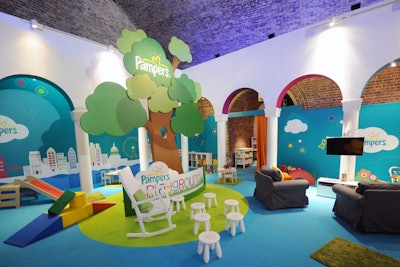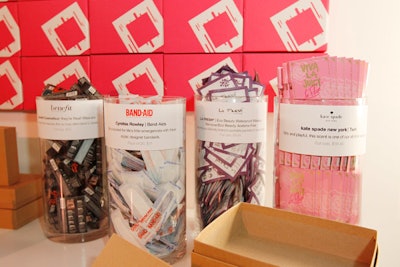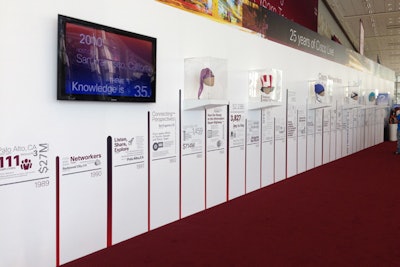
Content creation, in the form of photos, videos, or other material culled from live events and meant for sharing on YouTube, social media, or elsewhere, has been increasingly important to sponsors. All parties involved are now asking far more evolved questions about not just how to create it, but how to create truly great material that people will actually want to watch.
“There’s so much out there, so the [goal] becomes how to curate what is good versus bad. What are sponsors going to be able to actually use and gain traction on?” says Alan Miller, co-publisher of Filter and co-owner of Filter Creative Group. “A car company or a fashion advertiser might want to sponsor [our event], so they’ll expect a sizzle reel will go up on our site and millions of people will want to watch, but that doesn’t automatically happen. It needs to be compelling.”
Talk about a compelling idea that got wide traction: Procter & Gamble took to the London Olympics for a mom-focused campaign with an activation in the form of a 65,000-square-foot “home away from home” for the mothers of competing athletes (pictured). Its related global “Thank You, Mom” campaign celebrated mothers of athletes through ads run online, in print, on TV, and through social media. And a short film called Best Job was released on YouTube 100 days before the official start of the games, as was a “Thank You, Mom” app, which let consumers thank their moms by uploading videos, photos, or text-based messages to a dedicated Facebook page.

It’s not new that sponsors want to align with nonprofits, but the importance of pairing up with great causes is more important than ever for brands, especially in light of recent, widely witnessed tragedies like the damage wrought by Hurricane Sandy. Brands are seeking out nonprofits that fit with their visions for corporate responsibility and developing partnerships that go well beyond the hours of the live event.
Jennifer Howell, founder of arts nonprofit Art of Elysium, says sponsors have been reaching out to her group “all the time” versus the more traditional other-way-around route of event hosts courting sponsors. She indicates that she’s seeing charities trying to accomplish their marketing and philanthropic goals in one fell swoop by blurring the line between those previously separate budgets.
She described a recent partnership in which beauty product delivery company Birchbox sponsored a couple of the charity’s events, setting up a bar (pictured) where people could come and fill their own boxes with products of their choice. Some of the charity’s supporters built their boxes, took photos, and gave quotes that were used for an online promotion that focused on the charity’s work as well as the holiday product collection.
Birchbox then put the organization’s logo and mission on its boxes, which were distributed to all of its shoppers in November, as part of a holiday giving campaign. “This helps us greatly to reach a new audience with our mission,” Howell says, while also acknowledging the benefit to Birchbox’s bottom line at a time when its consumers are eager for feel-good stories.




















